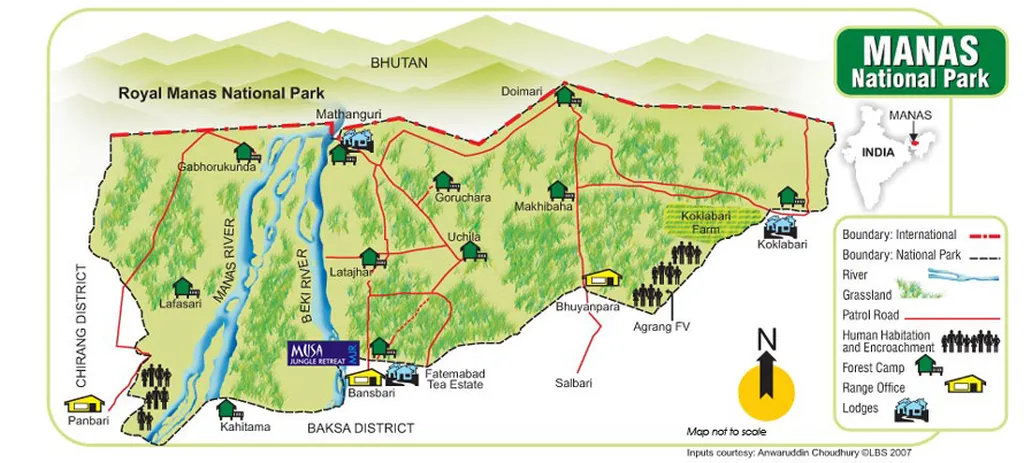In the late 1980s, the Indigenous Bodo people in Assam, India, intensified their advocacy for political and cultural autonomy, leading to a period of militancy and conflict. During this tumultuous time, many Bodo people settled in Manas National Park, a World Heritage site, clearing forests and poaching wildlife. However, as the violence subsided, individuals like Rustom Basumatary began to find solace and purpose in the park’s ecosystem. Basumatary’s journey from a poacher to a renowned bird guide highlights the potential of community-based conservation efforts to restore both ecosystems and lives.
The story of Manas National Park and the Bodo community offers valuable insights for the agriculture sector and investors. The park’s revival demonstrates the importance of integrating conservation with community development. For the agriculture sector, this model suggests that sustainable land use practices can coexist with biodiversity conservation. By involving local communities in conservation efforts, agricultural practices can be designed to minimize environmental impact while maximizing economic benefits.
Investors, too, can find opportunities in community-based conservation models. Ecotourism, as promoted by the Manas Maozigendri Ecotourism Society, can provide economic incentives for local communities to protect and restore ecosystems. This approach can attract investment in sustainable tourism infrastructure, creating jobs and fostering economic growth. Additionally, investors can support agricultural practices that align with conservation goals, such as agroforestry and sustainable farming techniques, which can enhance biodiversity and improve long-term productivity.
The success of community-based conservation in Manas National Park underscores the need for collaborative approaches that balance environmental, social, and economic objectives. For the agriculture sector and investors, this means recognizing the value of ecosystems and the role of local communities in sustainable development. By supporting and investing in such models, they can contribute to the restoration of degraded landscapes and the promotion of sustainable livelihoods, ultimately fostering a more resilient and equitable future.

